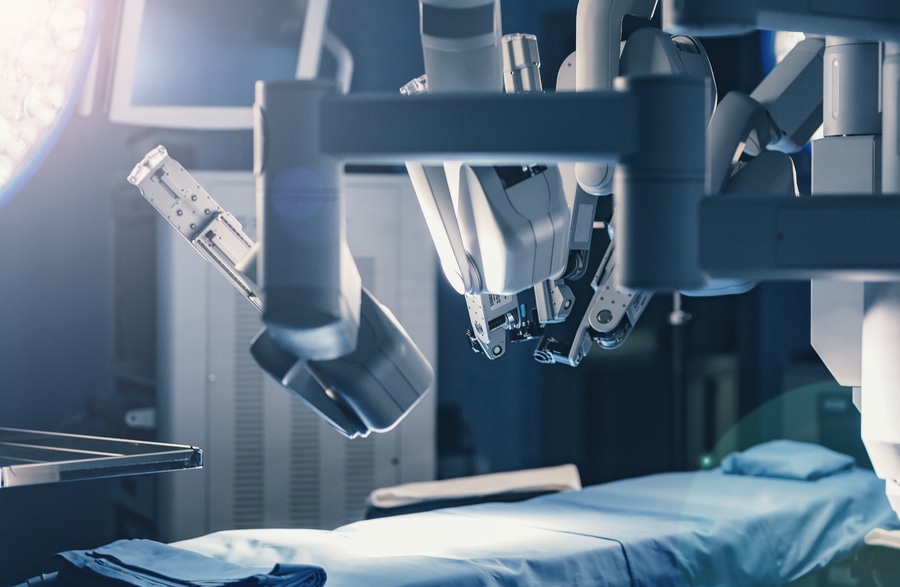
#Product Trends
The Benefits of Surgical Robotic Systems
Precision in Practice: The Benefits of Surgical Robotics
Surgical robots are sophisticated machines designed to assist surgeons in performing complex procedures with enhanced precision and efficiency. These systems have emerged as a groundbreaking technology, revolutionizing the way surgeries are performed and leading to innovations in surgical techniques.
The Benefits of Surgical Robotics
Surgical robots have gained significant popularity over the past few decades due to their ability to perform minimally invasive procedures with unparalleled accuracy. These robots are equipped with advanced technologies, such as artificial intelligence, machine learning algorithms, and high-resolution imaging, allowing surgeons to navigate through intricate anatomical structures with precision.
Surgical robots offer numerous benefits that contribute to improved patient outcomes and enhanced surgical capabilities. Some of the key advantages include:
Enhanced Precision. Surgical robots provide surgeons with a greater range of motion and dexterity, allowing for precise movements during surgery. This level of precision minimizes the risk of human error and improves surgical outcomes.
Minimally Invasive Procedures. Surgical robots enable minimally invasive procedures, which involve smaller incisions, reduced blood loss, and faster recovery times. This approach reduces the trauma to the patient and improves postoperative comfort.
Improved Visualization. Advanced imaging systems integrated into surgical robots provide surgeons with high-definition, 3D visualization of the surgical site. This clear visualization enhances accuracy and facilitates complex surgeries.
Reduced Surgeon Fatigue. Surgical robots are designed to reduce surgeon fatigue by providing ergonomic solutions and support. This allows surgeons to maintain optimal performance throughout lengthy procedures.
Applications of Surgical Robots
Given the benefits that surgical robotics systems bring to the surgical world, the applications of surgical robots are vast and continually expanding. These robots are utilized in various surgical specialties, including:
1. General Surgery. Surgical robots have found widespread use in general surgery procedures, such as gastrointestinal surgeries, hernia repairs, and colorectal surgeries. The enhanced precision and dexterity of surgical robots enable surgeons to perform these procedures with increased accuracy and reduced invasiveness.
2. Cardiovascular Surgery. In cardiovascular surgery, surgical robots assist in complex procedures such as coronary artery bypass grafting (CABG) and valve repair or replacement. The robotic systems provide surgeons with a stable platform and precise control, allowing for intricate cardiac interventions.
3. Orthopedic Surgery. Surgical robots are increasingly utilized in orthopedic surgeries, including joint replacements and spine surgeries. These robots aid in precise bone preparation, implant positioning, and alignment, resulting in improved patient outcomes and reduced complications.
4. Urological Surgery. Robotic-assisted urological surgeries, such as prostatectomies and kidney surgeries, have become increasingly common. Surgical robots enable surgeons to perform these procedures with enhanced precision and minimal invasiveness, leading to reduced blood loss and faster recovery times.
5. Neurosurgery. Surgical robots have made significant advancements in the field of neurosurgery, enabling surgeons to perform intricate procedures with greater accuracy and precision. These robots provide a stable platform for delicate brain and spinal surgeries, reducing the risk of complications.
Conclusion
As technology continues to evolve, surgical robotics stands at the forefront of innovation, promising a future where surgeries are characterized by unprecedented accuracy, efficiency, and a higher standard of healthcare for everyone. If you’re searching for a partner for your next surgical robotic application, reach out to Portescap here – our engineers are ready to help.







